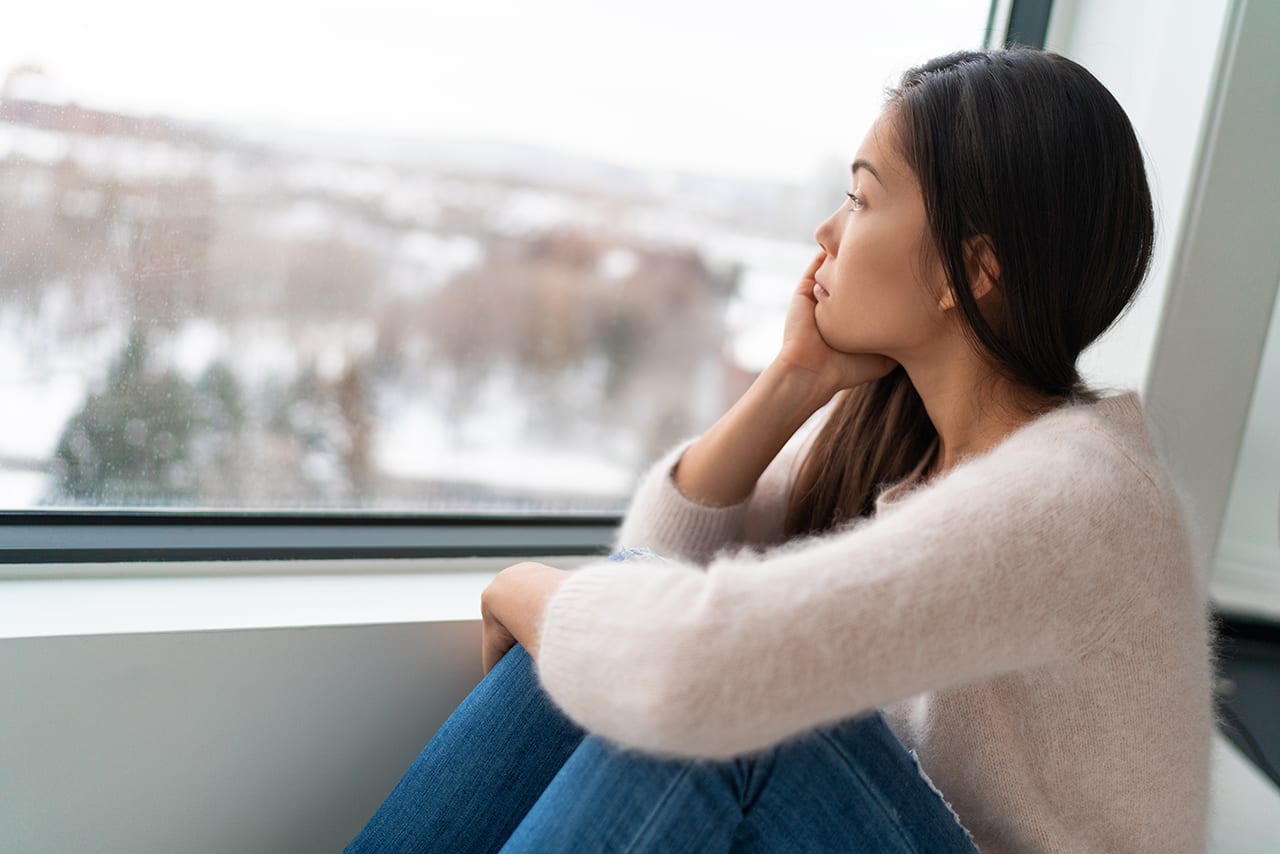
Understanding Seasonal Affective Disorder (SAD)
FEELING SAD IN THE WINTER? YOU’RE NOT ALONE.
By Mia Bencivenga
December 30, 2020
If winter has never been your favorite season, you aren’t alone. Long before the pandemic reared its ugly head, it wasn’t unsual to hear someone dread the cold weather. Aside from the obvious reasons — the lack of sun, the chilly temperatures — there may be another reason why you don’t welcome the winter with open arms. Have you ever noticed that your mental health takes a downturn with the change of seasons? Unfortunately, it’s a common experience for people all over the world. It’s called SAD, or Seasonal Affective Disorder.
What is SAD?
SAD is a mood disorder that is related to the change in seasons. Most often, it’s associated with the late fall and winter, but it’s important to note that people can get SAD any time of the year. You can also experience symptoms of SAD in the late spring and early Summer.
Similarly, although SAD is most intensely experienced by people who are furthest from the equator — for instance, nearly 10% of people in Alaska suffer from SAD— anyone, anywhere can experience the symptoms.
What are the symptoms of SAD?
SAD can manifest in some surprising ways. You could experience mild symptoms, like feeling lethargic and craving carb-heavy foods.
But you could also have more severe symptoms of SAD, like losing interest in things you enjoy, having sleep issues, feeling hopeless, depressed or even having thoughts of suicide.
It’s extremely important to note that if you or someone you know is struggling, please reach out to the National Suicide Prevention Lifeline 1-800-273-TALK (8255) or text TALK to 741741 at the Crisis Text Line.
What causes SAD?
There are several potential causes of SAD. The most cited reason is that the change of the season messes with your circadian rhythm.
For those who aren’t familiar with the term, your circadian rhythm is your body’s internal process that regulates your sleep-wake cycle. Our circadian rhythms are shaped by the world around us, and it repeats its cycle every twenty-four hours.
When the nights grow longer and the days grow shorter, it can throw our circadian rhythm out of balance, resulting in mood disorders such as SAD.
Also, the change in the season also means we are getting less sunlight. Reduced sunlight can also cause a drop in serotonin, which is a hormone that stabilizes our moods.
The sun is also a natural source of vitamin D, which we get considerably less of in the winter. In fact, some studies suggest that there is a link between a lack of vitamin D and depression.
How do you treat SAD?
If you notice any significant changes in your mood, it’s important to talk to your doctor. Some people find talk therapy and medication are extremely helpful in treating SAD.
In addition, there are a few things you can do at home to help alleviate your symptoms of SAD. First and foremost; let the sunshine in as much as possible. And if it’s not too cold out, get outside and get as much sunlight as you can.
If it’s too cold to take a stroll outside, light therapy is an effective way to treat SAD that has few negative side effects. Light therapy is just that — getting a broad-spectrum light — and shining it near or on you for about 20-30 minutes a day. This practice can help ease the symptoms of SAD and elevate your mood and energy levels.
Aside from using light therapy, changes in your lifestyle can also help alleviate SAD symptoms. For example, try eating more vitamin D rich foods, like Salmon, tuna, sardines, and herring, and fortified foods such as milk can help protect you from a vitamin D deficiency. Getting regular aerobic exercise can also help make your symptoms less severe.
So, if you are noticing a shift in your mood that corresponds with the change of the seasons, know that you aren’t alone — and there are ways to still find brightness even in the darkest days.

Leave A Comment